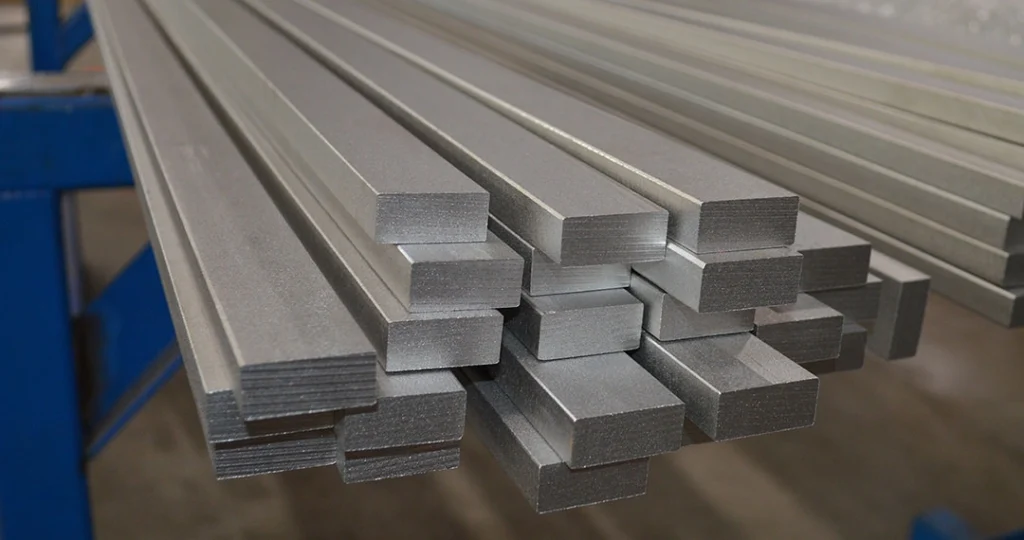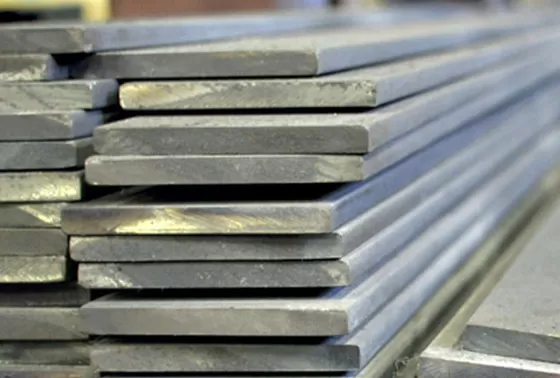We will explore the key characteristics of 316 stainless steel flat bars, their advantages, and their applications in different sectors. By understanding the properties of 316 stainless steel flat bars.
Introduction
316 stainless steel flat bars are highly sought-after materials known for their exceptional corrosion resistance and versatility. This article aims to provide valuable insights into the properties and applications of 316 stainless steel flat bars.
With their unique characteristics, these bars offer advantages in terms of strength, durability, and resistance to harsh environments, making them ideal for a wide range of industrial applications.
Section 1: Key Properties of 316 Stainless Steel Flat Bars
316 stainless steel flat bars possess several notable properties. Firstly, they exhibit excellent corrosion resistance, making them suitable for applications in corrosive environments, such as marine and chemical industries.
Secondly, 316 stainless steel offers high temperature resistance, allowing it to withstand extreme heat without losing its structural integrity. Additionally, these flat bars have superior strength and toughness, providing reliable performance in demanding conditions.
Section 2: Advantages of 316 Stainless Steel Flat Bars
The use of 316 stainless steel flat bars offers numerous advantages. Firstly, their corrosion resistance ensures long-term durability and reduces maintenance costs. They are highly resistant to pitting, crevice corrosion, and chloride-induced stress corrosion cracking.
Secondly, 316 stainless steel flat bars have excellent strength and toughness, providing structural stability and reliability in various applications. Lastly, their aesthetic appeal and versatility make them suitable for both functional and decorative purposes.
Section 3: Applications of 316 Stainless Steel Flat Bars
316 stainless steel flat bars find widespread applications across different industries. In the construction sector, they are used for structural components, such as beams, braces, and supports, due to their strength and corrosion resistance.
In the marine industry, these flat bars are utilized for boat fittings, handrails, and other components exposed to seawater. Moreover, they are employed in the food and beverage industry for equipment and machinery that require hygienic and corrosion-resistant materials.

Section 4: Case Study: 316 Stainless Steel Flat Bar in Architectural Applications
To illustrate the effectiveness of 316 stainless steel flat bars, let’s consider a case study in architectural applications. An architectural firm utilized 316 stainless steel flat bars for the construction of a modern, waterfront building.
The corrosion resistance of the flat bars ensured long-term structural integrity, even in the marine environment. The strength and versatility of the bars allowed for intricate and visually appealing designs, enhancing the overall aesthetic of the building.
Conclusion
316 stainless steel flat bars are reliable and corrosion-resistant materials with a wide range of applications. Their exceptional properties, including corrosion resistance, high temperature resistance, and strength, make them suitable for various industries, such as construction, marine, and food processing.
By utilizing 316 stainless steel flat bars, industries can achieve long-term durability, structural stability, and aesthetic appeal. Whether in structural components or decorative elements, these flat bars provide a reliable solution for applications requiring strength and corrosion resistance.
